Cards
(QUICK LINKS: Decks | plants | mammals | birds | | reptiles | fish | cephalopoda | insects | microbe | events
( scientist | project | modifier | technique |)
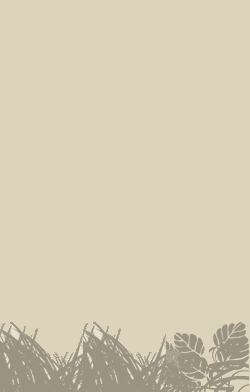
Cougar
Puma concolor

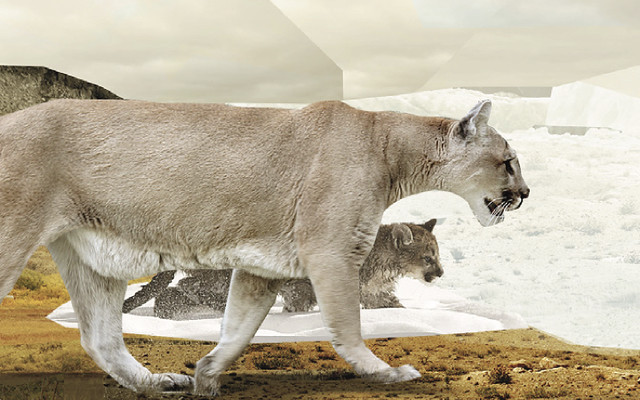
7 POINTS
PLAY: Move of 2. The card may be put next to all sizes of herbivores.
FACT: Cougar teeth from the Ice Age reveal that they had very varied diet. They fed on anything from insects to large deers.

Wild Boar
Platygonus compressus

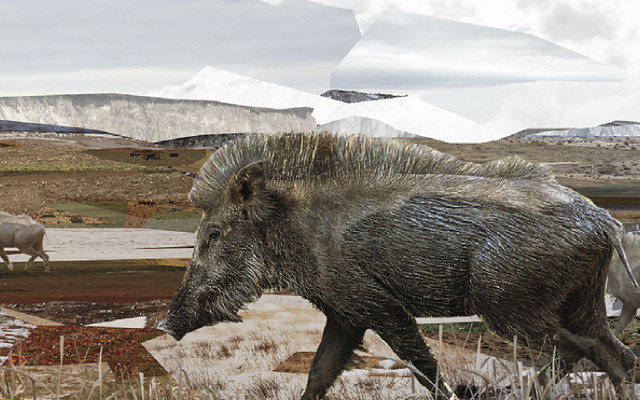
EXTINCT | 5 POINTS
PLAY: Move of 2
FACT: The wild boar of the Ice Age was larger than its present relatives. It had longer legs and could run faster.
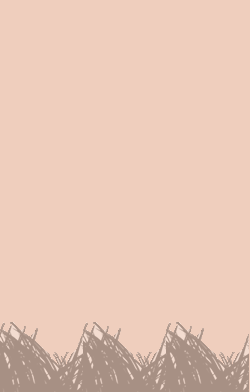
Steppe Bison
Bison priscus

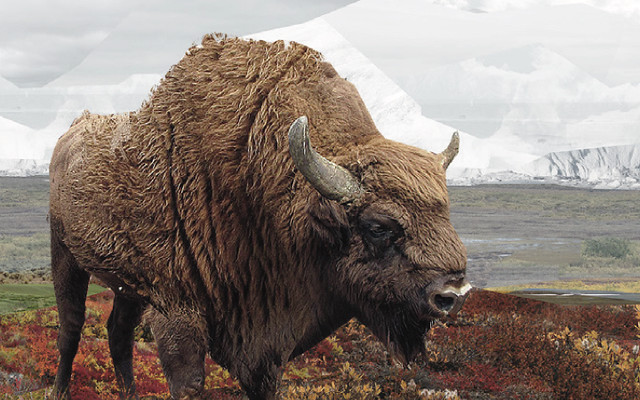
EXTINCT | 6 POINTS
PLAY: Move of 2
FACT: The horns are used for protection against predators: both bulls & cows have horns. In 2011, a mumified steppe bison was found in Siberia with all its intestines intact. In 1984, another mummified steppe bison, Blue Babe, was used in a stew made and eaten by scientists in Alaska.
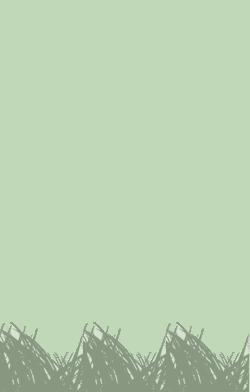
Arctic Ground Squirrel
Spermophilus parryii

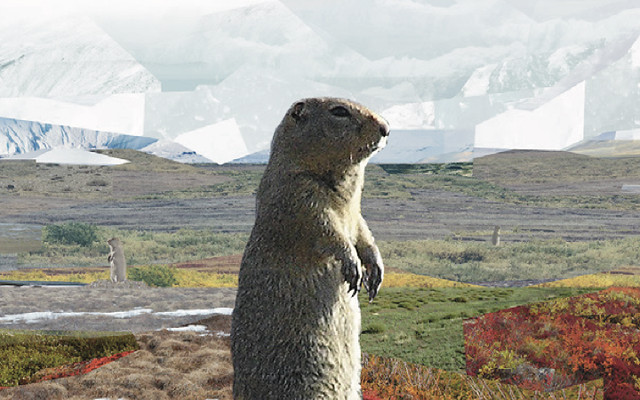
6 POINTS
PLAY: Move of 2
FACT: The Arctic ground squirrel was prey for a multitude of carnivores of the tundra steppe. When the Arctic ground squirrel hibernates its body temperature decreases to below zero degrees and its heart beats less than once a minute.

Cave Lion
Panthera leo spelaea

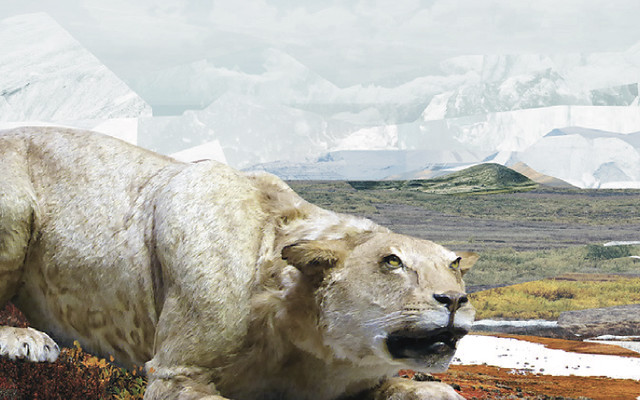
EXTINCT | 6 POINTS
PLAY: Move of 2. The card may be put next to all sizes of herbivores. If the card is put next to a Cave bear it loses one point.
FACT: While searching for food, the Cave lions occasionally entered caves of hibernating Cave bears. The outcome for some of the Cave lions were death by the awakened Cave bear.
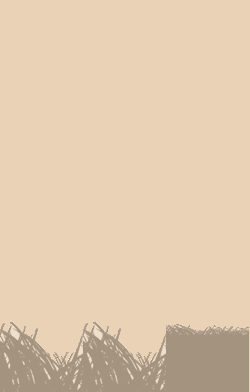
Northern Collared Lemming
Dicrostonyx groenlandicus

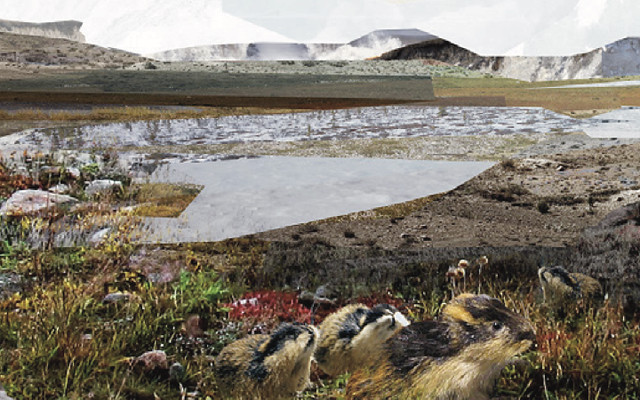
4 POINTS
PLAY: Move of 2
FACT: The litter size of the Northern collared lemming ranges between 5-8 young. The female has up to 6-8 litters per year.